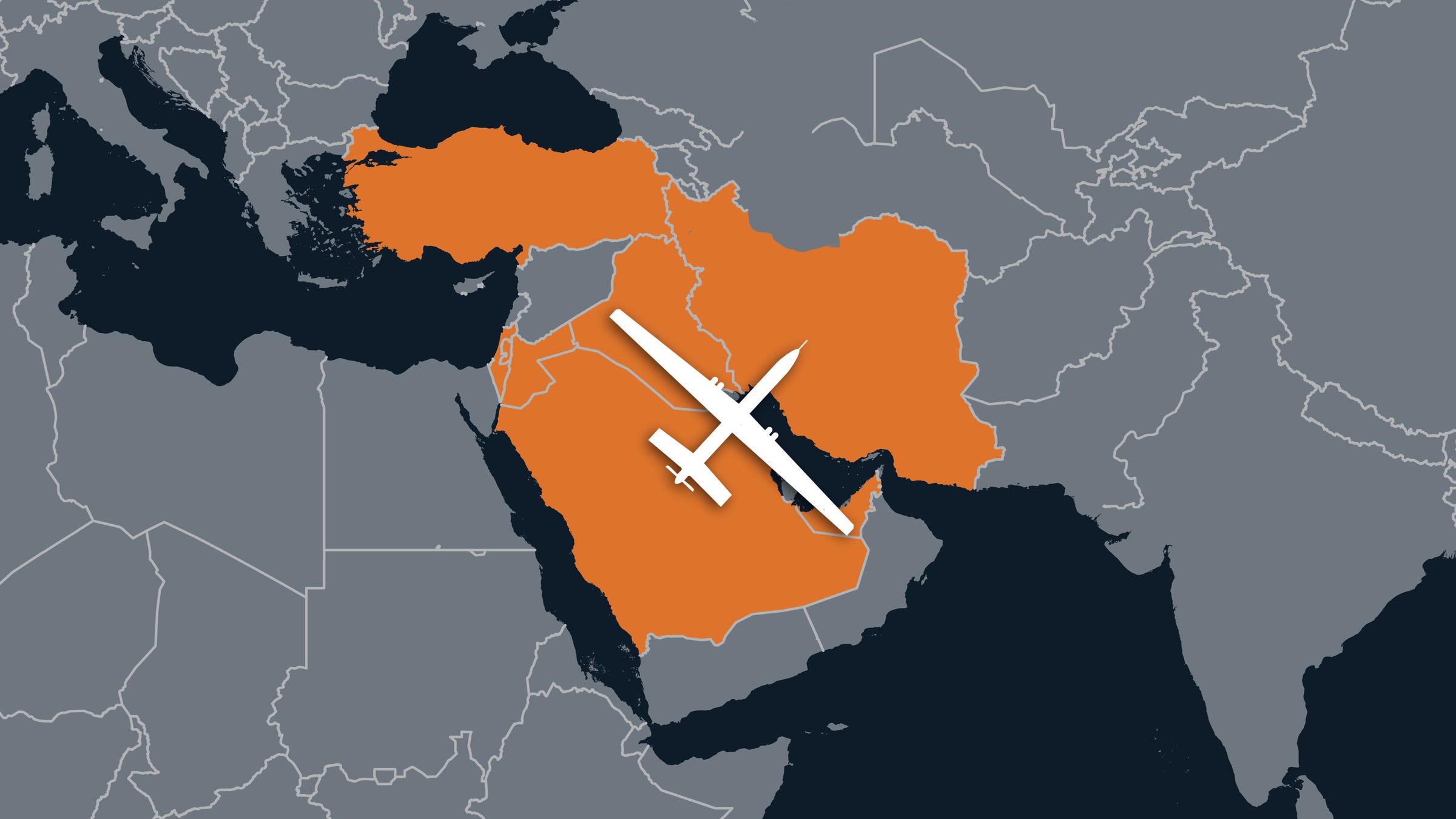After the deadly drone strike in Jordan, a look at the lethal military tool's proliferation
The drone strike that killed three American soldiers and wounded more than 40 at a U.S. base in Jordan on Jan. 28 has focused attention on the rise of drone warfare in the Middle East and elsewhere.
Confusion at the base, known as Tower 22, may have misidentified an enemy drone as a U.S. military drone, allowing it to penetrate base defenses and detonate, officials told USA TODAY.
The enemy drone, which has not been identified, was flying at a low altitude as the U.S. drone returned to Tower 22. As a result, the enemy drone was not fired upon, The Associated Press reported.
The Islamic Resistance in Iraq, a group of militants backed by Iran, has claimed responsibility. Iran has denied direct involvement. The Pentagon is reevaluating air defense systems against drone attacks.
Middle East militants have been using drones more often in aerial strikes. How drone sophistication and use has changed:
Who is supplying drones to the Middle East?
Unable to view our graphics? Click here to see them.
Drones, also known as unmanned aerial vehicles, or UAVs, are reshaping Middle Eastern politics by altering balances on battlefields, according to the Middle East Institute in a report in March 2022.
The vehicles have "evolved from reconnaissance tools to deadly weapons," the Small Wars Journal says.
Drones have come down in price over the years, “making the cost of influencing geopolitics dramatically less expensive,” the Middle East Institute report says. That gives militants such as Islamic Resistance, Hamas and the Houthis greater leverage over nations.
One-way attack drones – uncrewed expendable aerial vehicles that are programmed to strike a target without being directed in flight by human operators after launch – are a growing part of aerial combat.
“The market for one-way attack drones is growing in both size and diversity,” says a Vertical Flight Society report published in May 2023. The study notes that the number of OWA models revealed in 2021 and 2022 equaled those in the previous five decades combined.
“Once thought of as designed for a specialized task, one-way attack drones are increasingly assuming a broader role on the battlefield,” the report says.
Some one-way drones are known as "loitering munitions" or kamikaze or suicide drones. They have the ability to remain airborne for as long as needed to identify a target and attack.
Iran has introduced some loitering munitions of its own over the years, including the Shahed-136 and the Zhubin. It also has unveiled the Sina and Fateh, which have warheads between 300 to 1,000 grams.
_______
SOURCE USA TODAY Network reporting and research; Associated Press; Vertical Flight Society; Defense News; Brookings Institute; suasnews.com; Defensemirror.com
